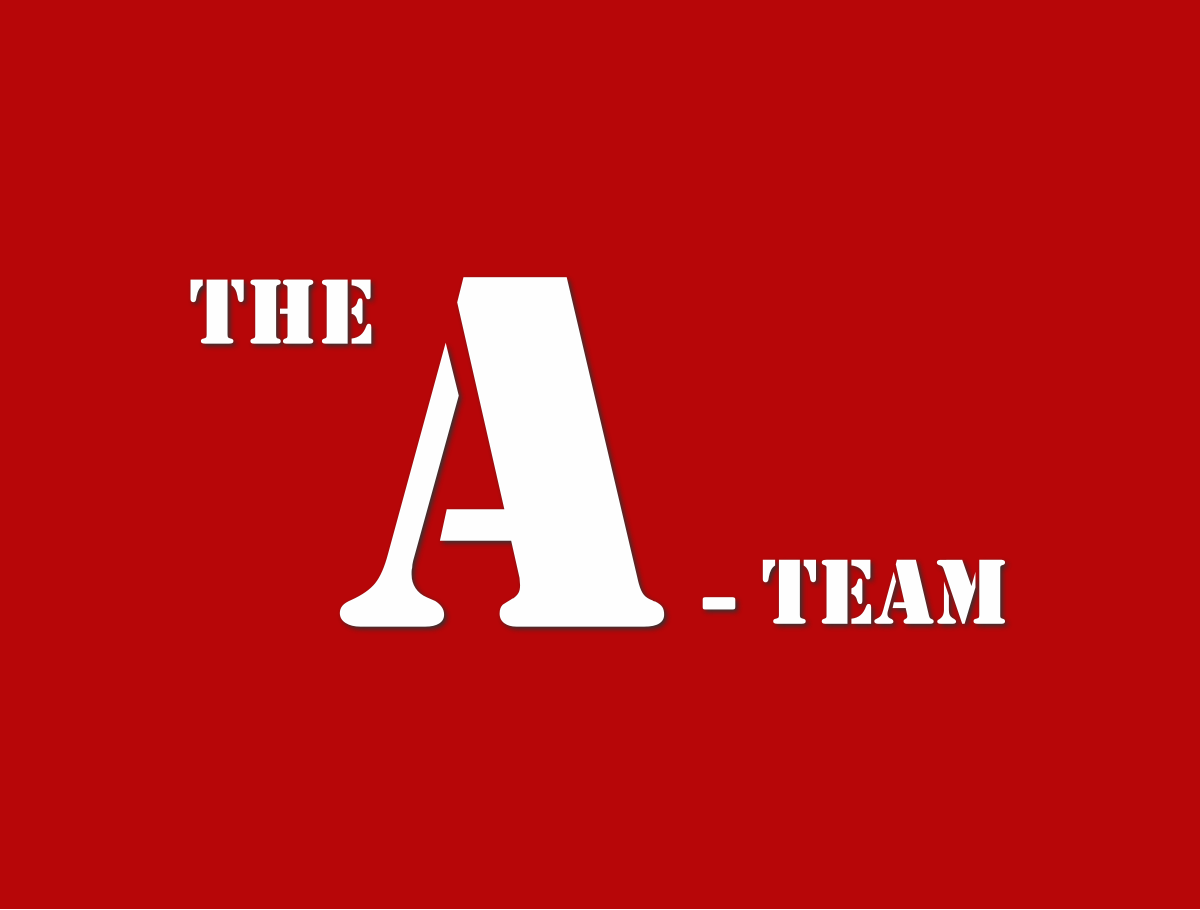Colonel John “Hannibal” Smith (The A-Team)
Posted by Anderson Grain Marketing on Feb 12, 2020 in AGM News | 0 comments
Let’s start with the bad news. Its the middle of August, the price of harvest 2019 feed wheat ex farm in has fallen the best part of £20 per tonne over the last 5 months.
It’s raining and harvest is currently a grab a bit where you can operation, with the bulk of Yorkshire wheat still in the field.
Last Mondays USDA World crop production report produced an unexpected increase in in US corn production and larger than expected corn ending stocks. Whilst simultaneously quoting World wheat production at 768.07 million tonnes, approximately 38 million tonnes more than last year.
London, Chicago and Paris futures markets all fell dramatically over night following the report.
Sterling is at near recent record lows against both the euro and the dollar. Although this may inadvertently be good news because without it, UK wheat could be some £20 per tonne lower still!
All over the County farmers and traders alike are wishing they had sold more wheat forward several days, weeks or months previous.
So, what of the good news?
Harvest 2019 is proving to be a bumper. Winter barley yields have been well above average with excellent grain quality for both feed and malting. Early reports suggest that the pattern is being repeated both the spring barley crop and the earliest of the wheats cut so far. The weather may yet have a part to play here and undoubtedly wet and warm days and nights will cause problems with germination and skinning in malting barleys and variable lower Hagberg and bushel weight results in wheat crops still in the field.
Bigger yields equals lower cost per tonne of production which can help offset a falling market price and variable quality can present opportunities.
But you need a plan!!
Information is the key. Knowing what is in the barn is paramount. Take samples of every field as you bring them into store. If possible, segregate as much as possible by varietal type. Hard, soft, group ones and group two. Get your preferred friendly local merchant to test them for you or take them to an independent laboratory and get it done yourself. Know where in the store each field is and how many tonnes. Armed with this information and a close working relationship with your local merchant you are now able to extract every bit of value from the wheat crop in the barn. Marketing opportunities will occur, undoubtedly some will be feed wheat but there are buyers out there for hard, soft, group one and group two, each requiring their own unique specification. Premiums available currently range from £5.00 to £25.00 per tonne. One word of caution though. Do not overstate what you are selling. The last thing anyone wants is rejected grain, it costs everyone, farmer, merchant, haulier and mill alike, all of who can do without the aggravation. Get it right and value can be added and a level of satisfaction from a job well achieved. More importantly, don’t you just love it when a plan comes together!
